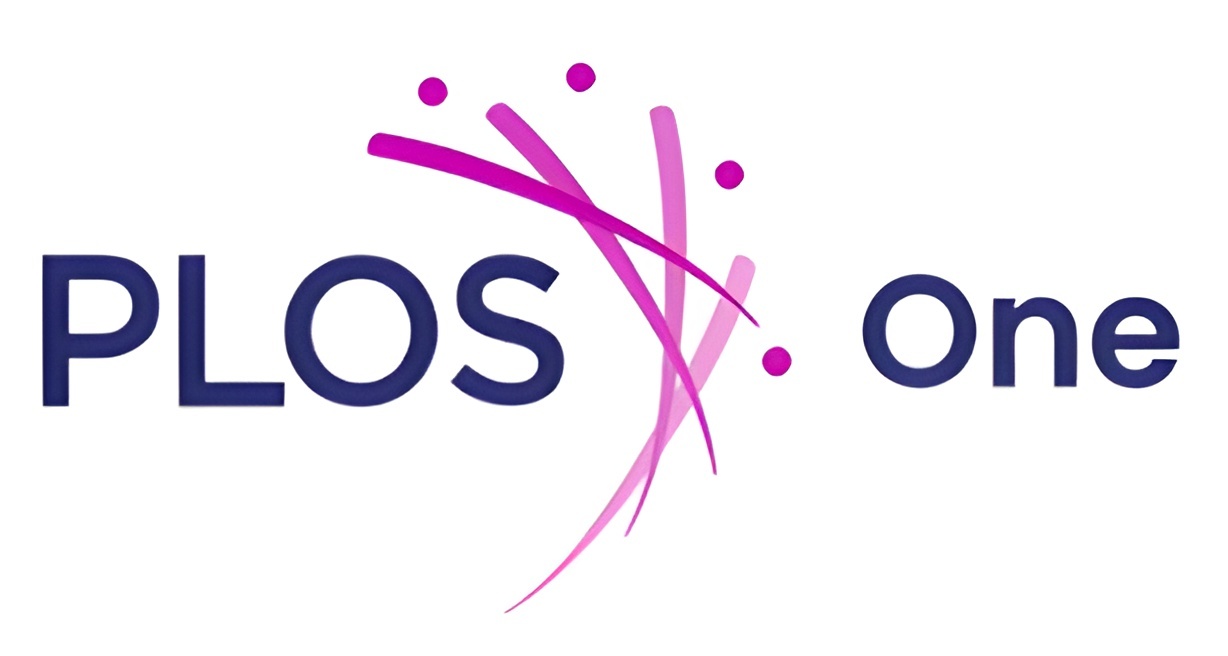Grzegorz Michalec, Rafał Sikora, Małgorzata Winiarska-Kabacińska, Davaakhuu Odsuren, Antoni Wójcik, Piotr Moska, Marcin Szmit, Dashzeveg Bazargur, Przemysław Bobrowski, Maciej Jórdeczka, Józef Szykulski, Patryk Muntowski, Andrzej Gałaś, Byambaa Gunchinsuren, Mirosław Masojć; PLOS ONE, 2 September 2025
Geoarchaeological research on site formation process, paleoenvironment, and human behaviors in the early Holocene of the Gobi Desert, Mongolia
An article has been published in PLOS ONE titled Geoarchaeological research on site formation process, paleoenvironment, and human behaviors in the early Holocene of the Gobi Desert, Mongolia. Among the co-authors are researchers from the Institute of Archaeology at the University of Wrocław – Grzegorz Michalec, Prof. Józef Szykulski and Prof. Mirosław Masojć.
The study represents an international collaboration among archaeologists and geologists from Poland and Mongolia, including scholars affiliated with the Mongolian Academy of Sciences and the National University of Education in Ulaanbaatar.
The article forms part of the National Science Centre project “Around Tsakhiurtyn Hondi. Research on the Stone Age of the borderland area between Altai and the Gobi desert in Mongolia”, carried out by the Institute of Archaeology at the University of Wrocław with support from the National Science Centre (grant 2019/33/B/HS3/01113) and the University of Wrocław’s IDUB programme.
The research investigated site FV92, located by the palaeolake Luulityn Toirom in the Gobi Desert. Luminescence dating indicates that the lake existed and offered favourable conditions for settlement over 8,000 years ago.
Geoarchaeological analyses showed that site formation was initially driven by fluvial processes, later shifting to aeolian influences as the climate dried. Lithic artefacts predominantly reflect microblade technology, with use-wear indicating butchery and plant-processing activities. The transport of raw materials from the Altai Mountains suggests medium-range mobility of hunter-gatherer groups.
These results highlight that the early Holocene environment of the Gobi supported seasonal settlement due to the presence of lakes and milder climatic conditions. Site FV92 likely functioned as a seasonal camp with various economic and technological activities.
The publication makes a significant contribution to understanding prehistoric human mobility and human–environment interactions in Central Asia, underscoring the importance of this project in archaeologically assessing contacts and mobility during the Stone Age.
The full article is available open access in PLOS ONE.

